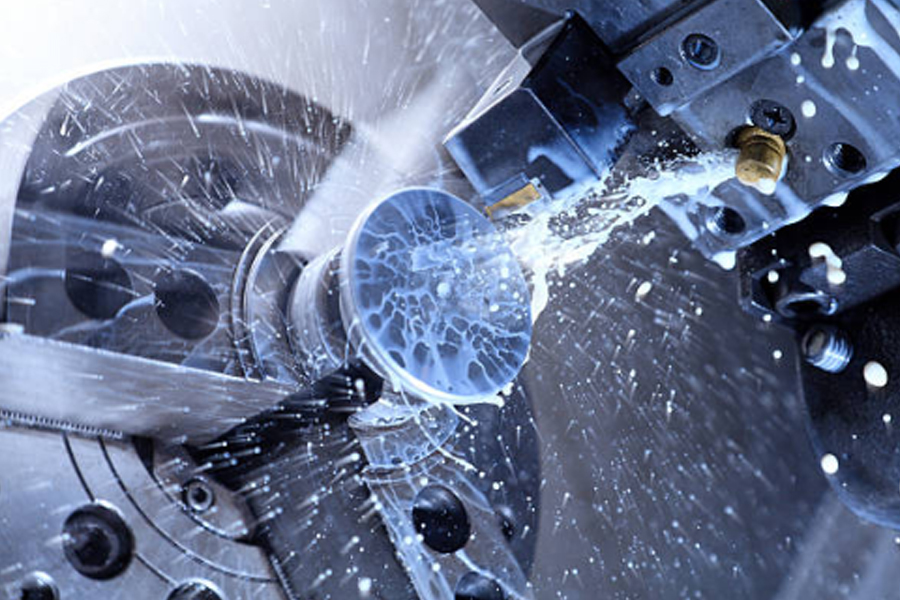Datetime:2025-07-17
Modern CNC machining technology has been able to achieve amazing levels of precision, and its machining errors can be controlled at the micron level. Specifically, the accuracy standard of ±0.001mm represents the top capabilities in the current high-end manufacturing field. This means that the size deviation of the machined parts may be smaller than a few tenths of a hair. It is not easy to achieve such fine error control, and it strongly relies on top high-precision machining equipment and extremely professional process technology. Especially in industries such as aerospace that have extremely high requirements for reliability and safety, this excellent precision capability of CNC machining plays a vital role in ensuring that the manufacturing of key components can meet the stringent production requirements of near-zero defects.
CNC precision micron level standard
CNC machining can achieve very high precision, and the micron level is the key standard for measuring this precision. How small is a micron? 1 micron is only equal to 0.001 mm. In the field of precision manufacturing, especially in industries with extremely high requirements, machining accuracy is often required to be controlled within the range of ±0.001 mm (that is, ±1 micron). This standard means that the size of the machined parts cannot deviate from the size required by the design drawing by more than a few tenths of the diameter of a hair. Achieving an accuracy of ±0.001mm is the basic threshold for the manufacture of many high-demand products. It ensures that the parts can fit perfectly and the equipment runs more smoothly and reliably. This micron-level accuracy standard is an important indicator for measuring the performance and professionalism of a CNC machine.

High-precision equipment and process realization
The core of achieving micron-level CNC machining accuracy lies in top-notch equipment and fine process control. First of all, high-precision machine tools themselves are the foundation. They are equipped with extremely rigid structures, ultra-precision ball screws and guides, and spindles that can rotate at high speeds with minimal vibration. Secondly, a powerful computer control system is crucial, which can accurately direct the movement trajectory of the tool and compensate for tiny errors. Finally, precision measuring tools, such as laser interferometers, monitor the machining process in real time to ensure that every step meets the requirements. In order to achieve standards such as ±0.001 mm (equivalent to one-seventieth of a hair), special attention must be paid to environmental factors. The factory will strictly control the temperature changes in the workshop and use special vibration reduction devices to isolate small vibrations from the outside world. At the same time, operators will carefully select the most suitable cutting tools, feed speeds and cutting depths based on the characteristics of the material, and each link is strictly optimized. It is these high-precision equipment and meticulous process control that make micron-level processing a reality.
Key application cases in aerospace
In aerospace manufacturing, high precision CNC machining is essential, such as the manufacture of aircraft engine turbine blades. These parts require machining accuracy of ±0.001mm to avoid micron-level errors that affect flight safety. By using high-precision equipment, such as advanced five-axis CNC machine tools, manufacturers can ensure accurate machining of key parts such as turbine disks or rocket propulsion system components. In specific cases, the production of precision parts for spacecraft navigation systems relies on this technology to achieve zero defects and ensure mission success.
Through the example of aerospace manufacturing, CNC machining accuracy can reach a micron-level error of ±0.001mm, which is achieved with the cooperation of high-precision equipment and professional processes. These equipment play an important role in the manufacture of key components, ensuring zero defects in the production process and improving product reliability and safety. Therefore, CNC technology continues to drive industrial progress in demanding fields.